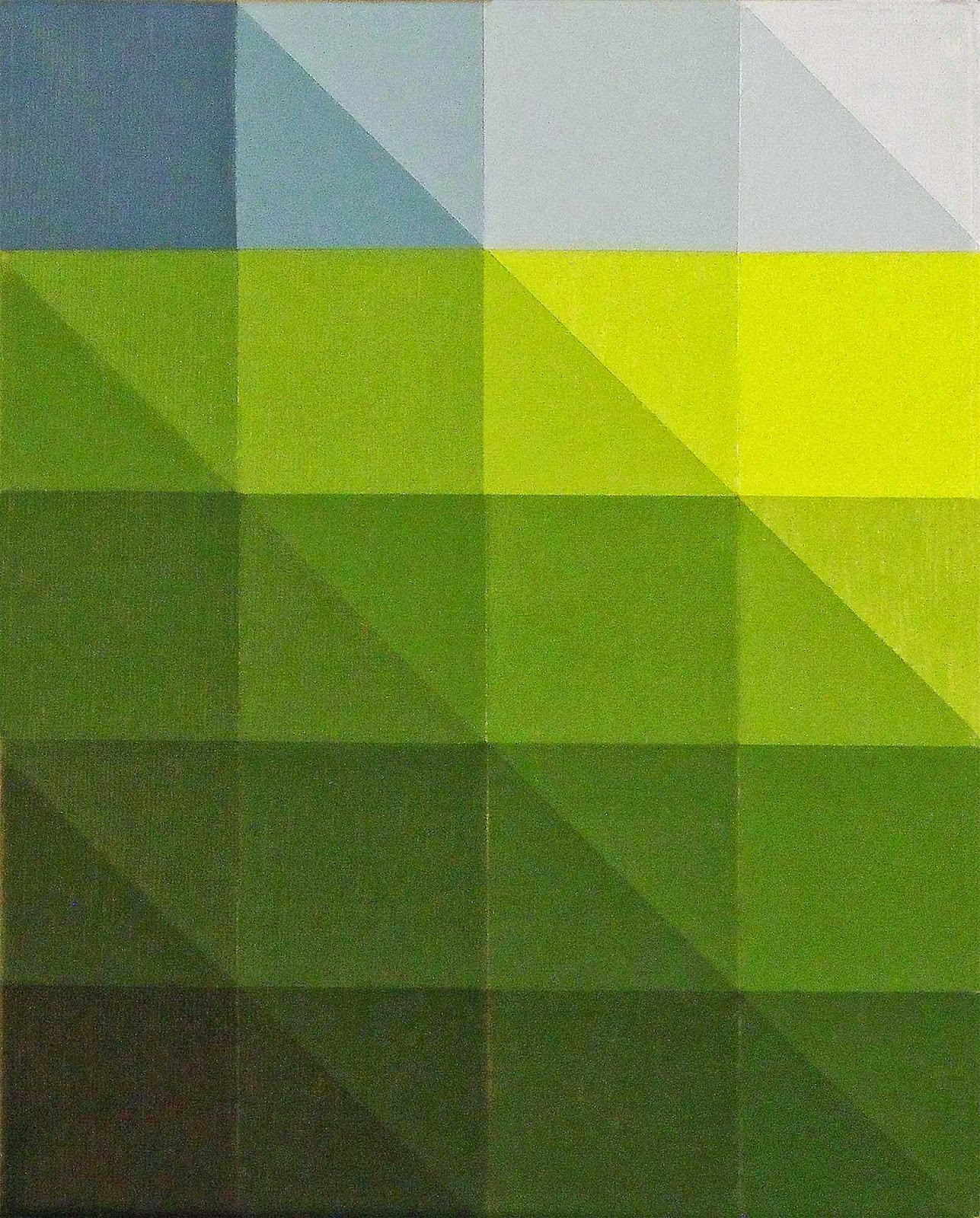Creating
large scale abstract art was a way of taking a break from the fastidiousness of
the trade. Throwing, splashing,
thrashing, and dripping fields of paint became a refuge from the demands of the industry.
However, at the turn of the century circumstances led to a break from cabinet making, as I spent
several seasons remodeling and finishing my parent’s home in Michigan’s Upper
Peninsula.
About five years later, my bride’s career in higher education took us to the mountains of North Carolina. I found myself back in the field of high end interior woodworking.
After several years of carpentry and drywall, I found myself poorly suited to the demands of cabinet making. I’d lost my edge….
About five years later, my bride’s career in higher education took us to the mountains of North Carolina. I found myself back in the field of high end interior woodworking.
 |
| A custom Maple entry door. |
After several years of carpentry and drywall, I found myself poorly suited to the demands of cabinet making. I’d lost my edge….
It took a
few years to sharpen up. Those times were
marked with frustration and dissatisfaction and eventually with the real estate
collapse of 2008 I was laid off. I’ve
kept my tools but haven’t returned to cabinet making.
Deb’s career
has gone forward and the opportunity to pursue my art career is in full
flight. I make this preamble to say that
I don’t have much to rebel against any more:
times are good.
As
such, the thrashing and running paint techniques of my large scale abstract art
had become more of a habit than a reality.
Interestingly, now that the requirements of the field are removed I have discovered
that the skills and orientation of my
woodworking experience persist.
They have
filtered back into my creative life.
After being
away for five years the clean lines and processes re-emerge. I am not back in the shop polishing fine
hardwoods, but I am drafting, laying down clean edges, building structures and
enjoying the technical facility that decades of shop experience has instilled
in me. Yay!
The contrary
days have passed. These are quieter
thoughtful times. The means have
changed, and the ends necessarily so. What
was rebellion has become an embrace.

































